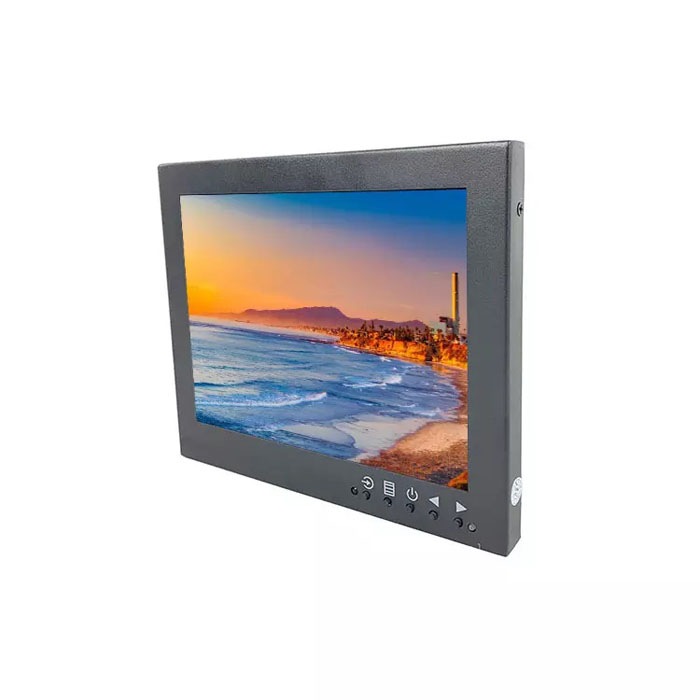Due to the inherent physical characteristics of industrial LCD displays, the quality of the image changes when an operator views it from different angles. Compared with the front view, when viewing at an angle, when the image quality becomes an unacceptable critical angle, it is called the viewing angle of the monitor, and there are three viewing angle definitions.
1.Contrast
If you look at an industrial monitor from an oblique direction, the white background will be darker than the front view, and the black will be lighter than the front view, so the contrast ratio will decrease. When the contrast ratio drops to 10, the general definition of angle is the viewing angle of an industrial LCD display. That is to say, when the sharpness is greater than this angle, black and white are not easy to distinguish. The viewing angle definition is most commonly used in specifications from panel manufacturers and LCD display manufacturers.
2.Grayscale reverse
In theory, an industrial LCD monitor from zero grayscale (black) to 2550-1020 (white) should be 00-1, the higher the number, the brighter, but an industrial monitor may see 020 lower at a certain angle . 1 It is brighter than high grayscale, that is, it appears similar to black and white inversion. This phenomenon is called a 00-1 reversal, and its definition is not the maximum angle of the 02-1 reversal phenomenon. Beyond this angle, you may see 00-1 inversion, which is unacceptable image quality.
3.Color difference
View industrial displays from different angles and you’ll notice that the colors change with the angle, for example, a white picture turns to yellow or blue, or the colors become lighter. As the angle gets larger, the angle is defined as the viewing angle when the color change becomes too large to the critical point of being unacceptable.

